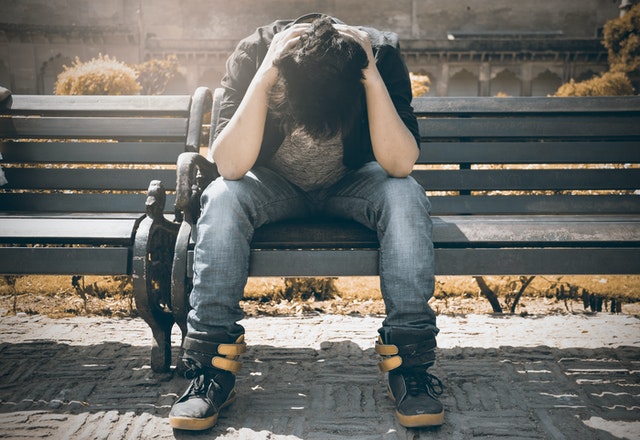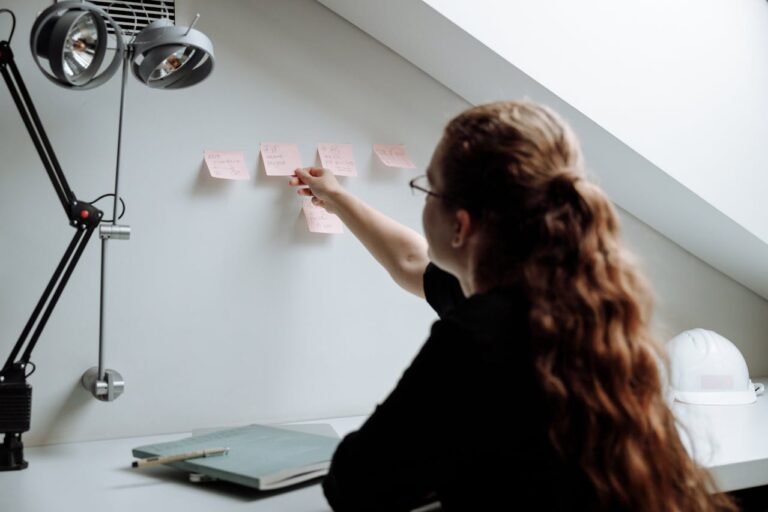Sadness is an emotion that is both common and universal to the human experience. It’s also a very complex emotion.
When you’re sad, the natural tendency is to retreat inward or withdraw from things going on in the outside world. You inadvertently create a wall around yourself that in some way protects you from challenges.
Typically, sadness is more often associated with pain, grief, or discomfort…mainly negative things. For some, however, sadness is a place that they retreat to or stay in to feel safe. Here’s a deeper look into why sadness feels safe sometimes.
Sadness Is an Emotion
When you experience a bout of sadness, it’s usually something temporary and you bounce back to your happy self after the situation is over. If you’re dealing with more serious matters, negative emotions can start to become chronic. Over time, you may be prone to becoming numb or hardened to your own feelings.
Sadness is still an emotion at the end of the day. It can feel safe or even welcome because it reminds you that you still can feel anything. And that fact can be calming in some situations.
It Can Become a Comfort Zone

If you’ve been living with this sadness for a while, it’s a feeling you’ve probably become familiar with. It’s a default setting that can be used as a response to a number of situations. Using sadness as a shield helps keep away more intense or overwhelming emotions.
Humans, by nature, aren’t the most fond of change. When you’re struggling with sadness often enough, it starts to become second nature. This space starts to feel like home and the thought of changing that becomes the uncomfortable part now.
Sadness is also addictive. Think of it from this perspective: how many people enjoy watching sad movies to get out a good cry? How many people are drawn to sad songs? Deep down, there is some draw to it.
There’s a Perception of Safety
Sadness may often get viewed as a safe space because it can prevent you from needing to be more vulnerable. Some people believe that if they choose sadness, they’re less likely to be hurt by others. The risk of disappointment is lower. Your exposure to rejection is less.
For example, when someone comes out of a relationship, they’re usually feeling some version of sadness. In an effort to avoid feeling the pain of rejection again, that person may use their state of being sad as a defense mechanism. You can’t feel more hurt when you’re already sad. Unfortunately, this is quite the misconception.
It’s a Part of Your Identity
Once you’ve been dealing with sadness for some time, it’s likely that it has become part of your identity. You know you’re the inherently sad one in your social circle. Feeling sad is “just how you are.”
Having this means of self-identification can feel like it’s giving you stability. In some instances, someone dealing with low self-esteem can also make sadness feel comforting because it gives an identity.
It Gives a Social Out
Society places a high value on happiness and the power of positivity. Social media is flooded with sentiments and daily affirmations about being positive. For some people, this constant and overpowering positivity can be off-putting.
For these instances, sadness can be used as an out. If you’re feeling sad, it gives you an excuse not to always have to put on the happy face. Your sadness can give you justification for not feeling like you have to always pretend that everything is ok.
Sadness can become a double-edged sword of sorts. It can give you a safe space, but it can also spiral you into depression or other issues if you’re not careful. If this sounds familiar, reach out to us to learn how to better manage your sadness with depression therapy.


